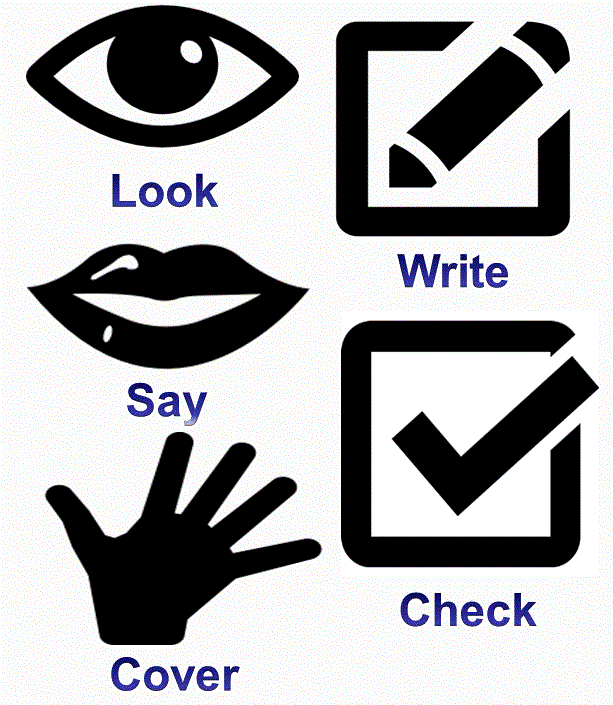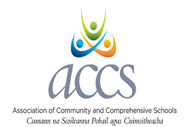Literacy
“Deeper thinking brings deeper learning”
As part of the Literacy and Numeracy Strategy, JTBCS acknowledges the importance of integrating Literacy in the learning and teaching that occurs in our school. The aim of our Literacy Programme in JTBCS, since its inception in 2012, is to promote the on-going development of a community of learners within the school and to enhance literacy proficiency. The initial focus was on the area of spelling as it was seen as a fundamental building block on which many literacy approaches are built, such as confidence and competency in reading, as well as reading fluency.
During the years 2012 to 2017 a focus was placed on a number of literacy strategies. These strategies are based on a developmental approach, building upon and mutually reinforcing each other. They may be differentiated according to student age and ability. A holistic and cross curricular approach is taken.
The literacy strategies implemented and embedded in the teaching and learning in JTBCS include:
Spelling strategies: ‘Look, Say, Cover, Write, Check’
The area of spelling is viewed as being a fundamental building block on which many literacy approaches are built, such as confidence and competency in reading, as well as reading fluency. Students are encouraged to pay attention to the spelling of new words as they arise, and to implement spelling strategies such as LSCWC to promote the learning and integration of these new terms.

Keywords and keyword display walls:
Further building on spelling strategies students are encouraged to identify and highlight key words that they come across in topics and areas of study. They pay attention to the correct spelling of these terms. These terms may be displayed on the key word walls in classrooms or in students own records of learning. This strategy also forms the basis of learning how to identify and extract key information and summarise it.
Comprehension and a love of reading:
Reading from a wide variety of texts affords pupils the opportunity of learning from sources beyond their immediate knowledge. Fluent reading allows pupils to develop their potential as learners by understanding others’ ideas from the past and present. It also enables them to explore those of the future by creating meaning through the integration of information encountered in the texts and connecting it with existent knowledge, skills and understanding. The teaching staff in JTBCS are encouraged to plan opportunities across the curriculum for students to: read and follow written instructions, read and engage with narratives of events or activities, follow up their interests and read texts of varying lengths and question and challenge printed information and views, read and explore ideas and theories, learn how to sift and select, and take notes from text and read to locate and relocate information, learn how to scan for overall meaning and scan for key points, words and phrases and use reading to research and investigate from printed words and moving images or ICT texts. An emphasis will also be placed on paragraphing and comprehension strategies such as word webs, deconstructing paragraphs, and writing short paragraphs. The aim is to develop student’s ability to construct meaning by interacting with the text and in turn encourage the reading of wider range texts. Emphasis is placed on self-questioning (thinking about the questions before, during and after reading the text), the development of skimming and scanning skills, synthesising and paraphrasing, identifying two tier words in each comprehension and adding them to a keyword dictionary where applicable.
Tier two words:
Further building on the implementation of spelling strategies, keywords and comprehension, in 2015 JTBCS placed a focus on developing students understanding and use of tier two words. We implemented a number of tier two learning strategies, as seen below. The aim of these strategies was to strengthen student’s use of vocabulary.
Tier 1 words are basic words that commonly appear in spoken language and are heard frequently in numerous contexts. Tier 2 words are robust, academic vocabulary words that students are likely to encounter across all topics and content-areas, yet may not be part of students’ everyday social language. These words are found in all sorts of academic writings, from content-area texts to articles and biographies to fictional stories and poems. Having a firm grasp on the meanings of sophisticated vocabulary words greatly improves students’ ability to comprehend written text.

Punctuation:
In 2016, further building on the effective implementation of the previous literacy strategies, the teachers at JTBCS placed a focus on developing students understanding and use of punctuation. The purpose of punctuation is to help the reader understand you and to help you make your meaning clear and to improve the overall readability of a written piece. Punctuation helps our students get their point across by making their writing, spelling and meaning clear to the reader. Marks of punctuation play a very important role in giving intended meaning to the language they use. Use of a wrong mark of punctuation or even wrong placement of a mark of punctuation can change the meaning of the sentence completely.
Examples of how punctuation can change the meaning of sentences:
The comma:
The comma is essential for writing lists, separating, bracketing and pausing. (,)
I collect silver, paper, hats and chairs.
I collect silver paper, hats and chairs.
I collect silver, paper hats and chairs.
Apostrophes:
Apostrophes for contractions: If you don’t put an apostrophe in some words it can change the word.
she’ll – shell
we’re – were
she’d – shed
we’ll – well
Apostrophes for possession: Putting the apostrophe before or after the “s” can signal a plural or singular possessor.
The girl’s toys (apostrophe before the s = The toys belonging to one girl)
The girls’ toys (apostrophe after the s = The toys belonging to many girls)

Critical verbs:

The focus for S.S.E. in this academic year (2017-2018) is to develop students’ understanding of critical verbs. This will build on previous strategies already embedded in the school namely numeracy, literacy, effective questioning and assessment. Student focus groups conducted in 2017 and 2018, at both junior and senior cycle, highlighted the need to address the use of critical verbs. It was evident that some students did not understand many of the critical verbs used commonly across many subjects, limiting their ability to answer questions effectively and to assess each other’s work. Informed by both student and teacher voice, ten critical verbs were selected to focus on. By addressing the meaning of these verbs, students will be better equipped to understand exam questions and they will be more confident in effectively assessing their own individual work and in giving feedback to their fellow students. This, it is envisaged, will lead on to a focus on peer assessment in 2019.



